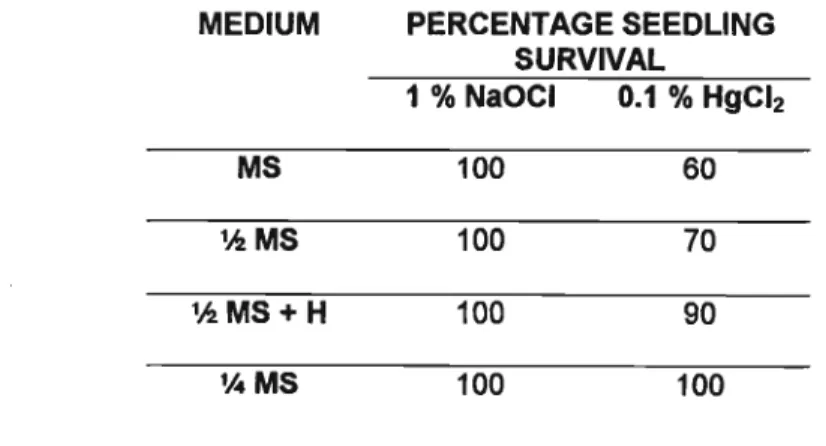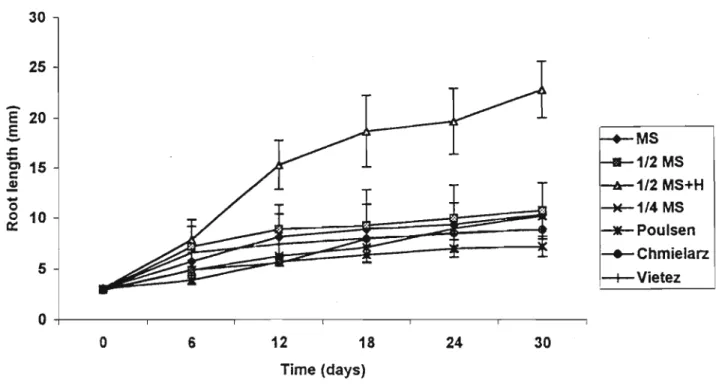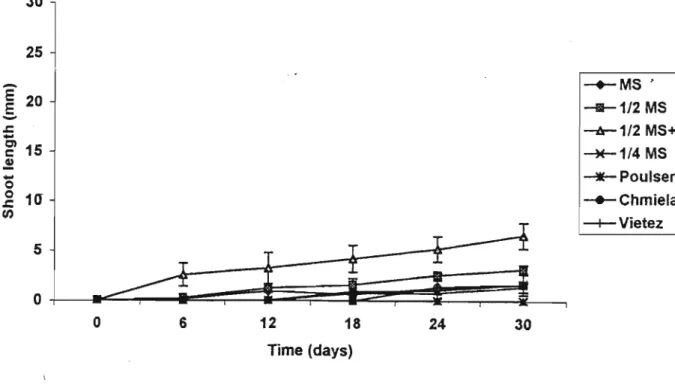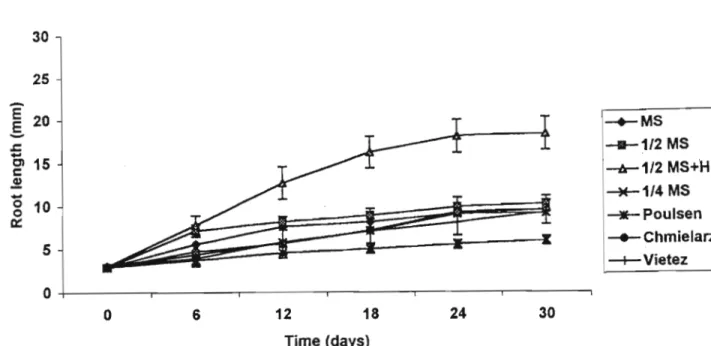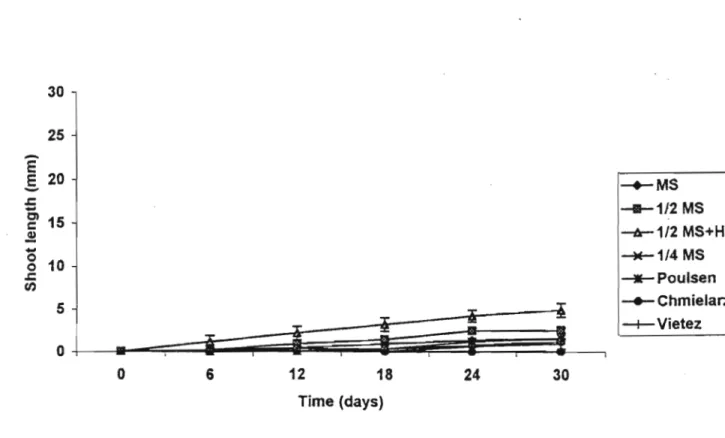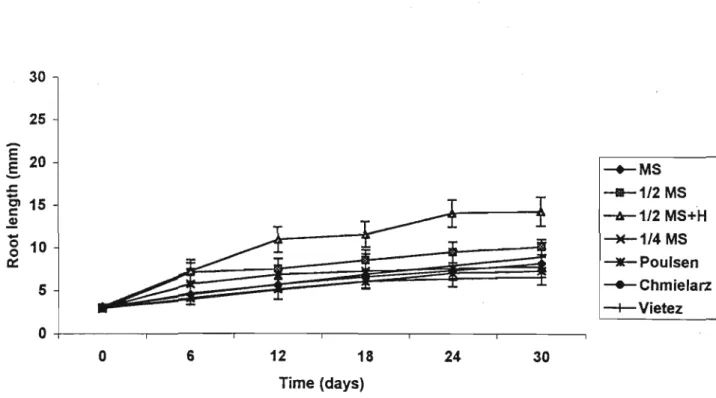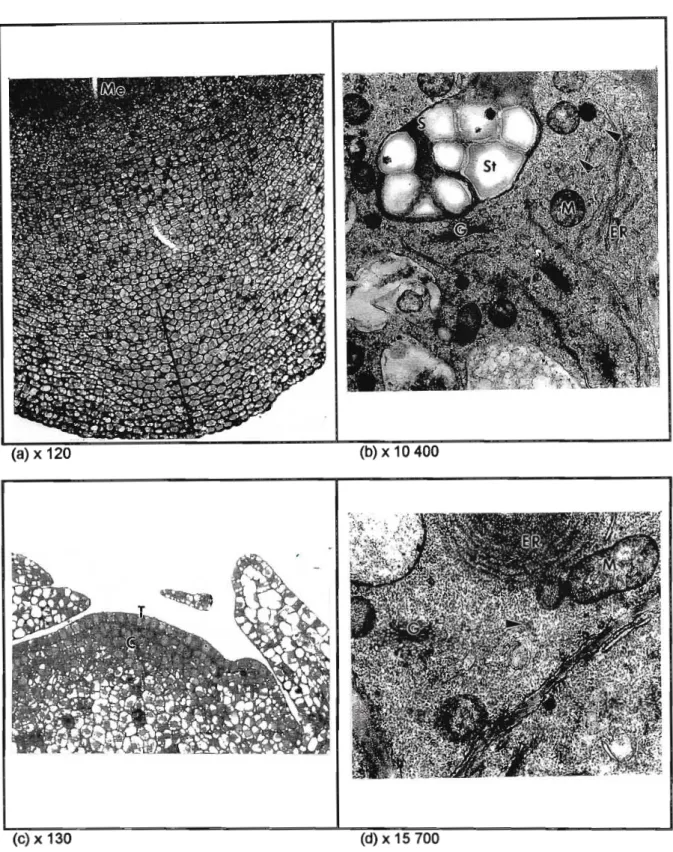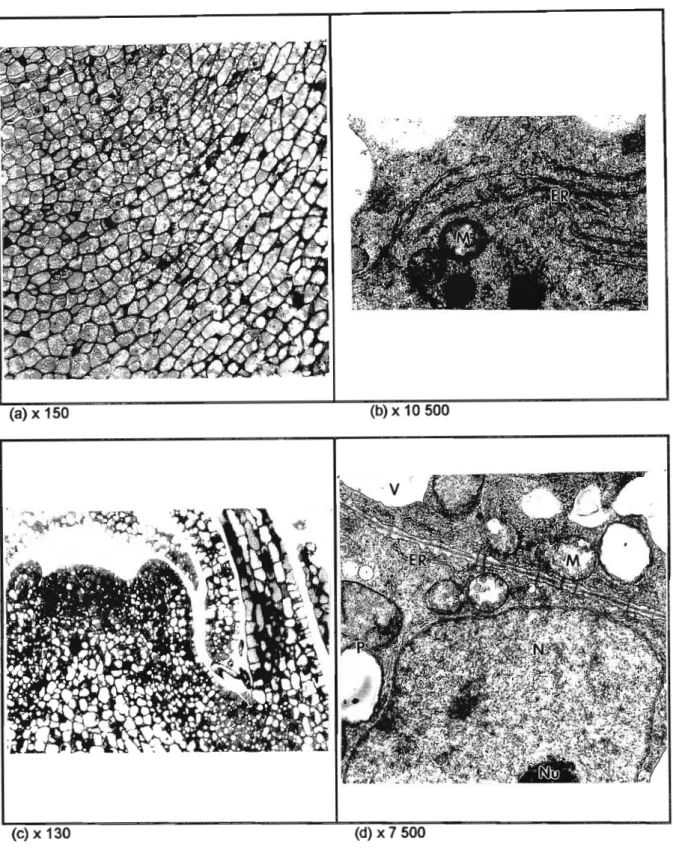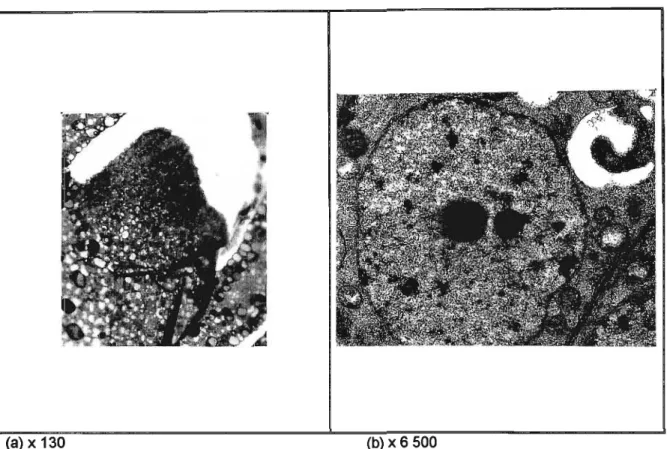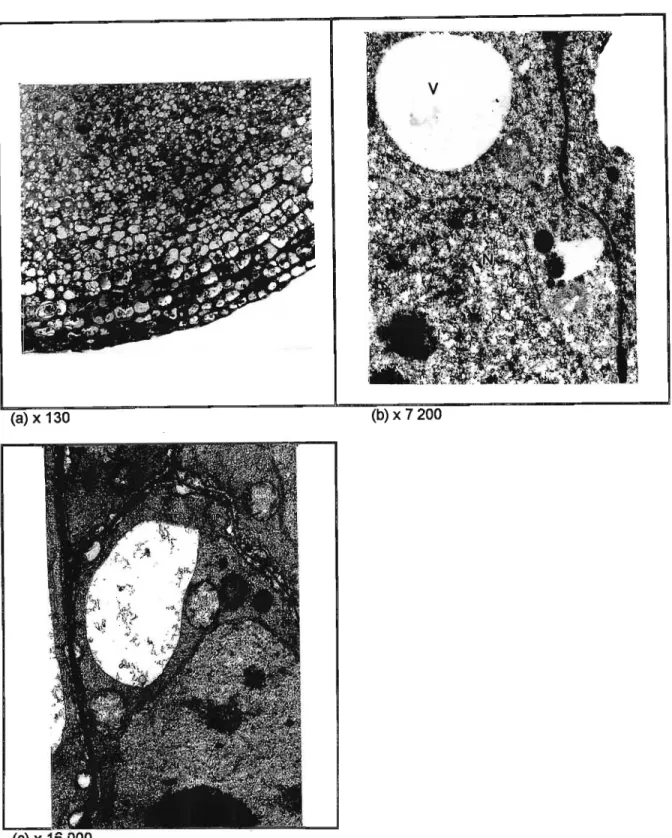Generally, the seeds are too large to be cryostored, so explants are used - more conveniently, cut zygotic embryo axes. During the course of this study, cryopreservation protocols were developed for cut zygotic embryonic axes of two different species (Quercus robur L. and Ekebergia capensis Sparrm.). In addition to assessing vigor and viability, the responses of embryos to various manipulations were monitored by light microscopy and/or transmission electron microscopy.
NAA BA
SEED STORAGE
This approach, termed 'wet storage', is apparently useful for the short-term storage of seeds of recalcitrant species in general (Berjak et al., 1989), but is increasingly used. For example, mature coffee embryos showed a higher survival rate than immature embryos (Abdelnour-Esquivel et al., 1992). Poulsen and Eriksen (1992) for Quercus roburand Chandel et al. 1994) for both Theobroma cacao and Artocarpus heterophyllus.
But, the faster dehydration is achieved, the greater the water loss that embryonic axes can withstand (Berjak et al. Pammenter et al., 1998). In recent studies on Ekebergia capensis (Pammenter et al., 1998), data confirmed that the seeds showed a response to the rate of desiccation itself.
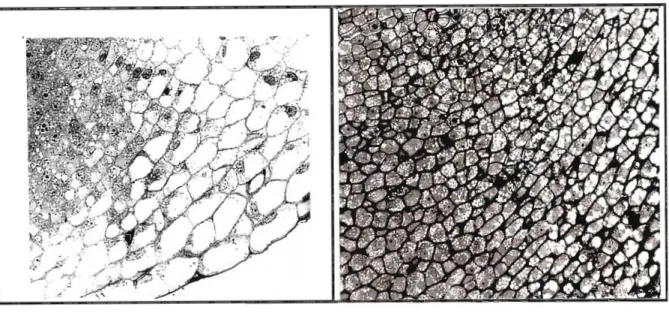
THE PRESENT INVESTIGATION
Procedures have been developed for explants of approximately 100 different species cultured in a variety of ways, including: cell suspensions, calli, tops, zygotic and somatic embryos (Withers, 1982; Kartha and Engelmann, 1994; Engelmann et al., 1995; Withers, 1995). and Engelmann, 1997). Ideally, all of these should be subjected to routine plating, as was done for oil palm, where 80 clones of somatic embryos are stored in liquid nitrogen and samples are thawed on demand for plant production (Dumet, 1997).
ESTABLISHMENT OF GERMINATION AND CULTURE PROTOCOLS FOR Quercus rabur AND Ekebergia capensis WHOLE SEEDS AND ZYGOTIC
Other critical factors that contribute to ultimate success include harvesting and transporting the seed, and equally important, seed health. Once recalcitrant seeds have been harvested by hand (preferably from the parent plant or at least very soon after loading), preparation of the material for eventual cryopreservation must be immediate to prevent dehydration, fungal infection and dispersal, and to prevent the deterioration of changes that inevitably occur accompanied hydrated storage (Pammenteret al., 1994; Smith and Berjak, 1995). The acorns are periodically treated with a liquid form of the fungicide, Previcur N® (propamocarb - HCI - 722 g r1) [AgrEvo S.
The next day all seeds were cut transversely, the distal halves of the cotyledons planted in moist vermiculite with the distal ends facing up and the cut ends down (Finch-Savage, pers comm1.). Embryonic axes were immersed in a 1% (v/v) sodium hypochlorite solution containing Tween-20 (1 drop) for 10 min, after which axes were briefly rinsed three times in sterile distilled water under sterile laminar conditions. Embryo axes were surface sterilized using 1 g r1 (m/v) mercuric chloride for 2.5 min, and then rinsed four times in sterile distilled water under sterile laminar flow conditions.
Twenty axes from each different surface sterilization procedure were plated on each of the seven media described above. When the seedlings reached the full height of the Magenta™ (Sigma)1 boxes, the entire 'pot' of Jiffy was transferred to a small conventional plastic plant pot containing sterile soil. When they were planted, we placed a polyethylene bag over the individual seedlings and glued it to the bottom of the pot.
The covered pots were placed in the greenhouse for 7 days, then the polyethylene bags were punctured (with a lit cigarette) to initiate the process of balancing the atmosphere in the bag with the surrounding atmosphere.
THE EFFECTS OF DIFFERENTIAL DRYING RATES ON THE VIABILITY OF Quercus rabur AND Ekebergia capensis EMBRYONIC AXES
The principle of flash drying is to reduce axis hydration to any level down to that of the structurally bound, non-freezable water over a period of 15 minutes to 3 hours, depending on the species and development status, size and initial water content of the axes. This method is essentially a combination of the silica gel method and the flash drying technique of Berjak et al. The apparatus uses a 12V PC fan mounted on the inside of the lid of a closed 1800 ml container, the axes of which are raised on a grid over a measured amount of activated silica gel (Wesley-Smith et al., 1999). .
The cryovals containing frozen samples were finally rapidly transferred to a water bath at 4DoC where they were held for 2 min to effect thawing of the embryonic axes. Rapid flash drying (see 2.2.1.4) was first implemented to lower the water content of the axis and thus reduce the thermal mass of the material, which in turn facilitates faster cooling rates (Wesley-Smith et al., 1999). This optimally cooled isopentane bath was raised to the mouth of the liquid nitrogen flask to prevent harmful precooling of the axes during migration through cold gas layers.
Quercus robur, also called the pedunculate oak, is one of the most economically important deciduous forest tree species that produces recalcitrant seeds. The outer brown layer of the structure is the dry pericarp, the inner brown layer is the testa, and the cup-shaped involucre covers the basal third of each acorn. The most obvious way to achieve this is by cryopreservation of the zygotic embryonic axes.
The objectives of the present study were to use improved techniques of drying and freezing (Wesley-Smith et al., 1999) as well as the rationalization of the thawing regime to achieve successful cryopreservation in terms of the eventual production of vigorous, hardened - from young plants.
WATER CONTENTS BEFORE AND AFTER SHORT-TERM STORAGE Batches of ten Q. robur axes from each of four South African and two European
The results presented here detail the development of a successful protocol that takes into account the following issues: physiological age and water content of seeds; the importance of optimal culture conditions; degrees of drying and freezing; Embryonic wasps from all batches of seeds were found to lose a significant amount of water during storage, regardless of origin, with the apparent exception of those from Grahamstown (1998). However, even in this case, the average water content of wasps after storage was lower than before.
For example, ashes from those fresh UK acorns from the 1998 batch had a mean ash water content of 1.44 g g-1 and those from the 1999 batch had a significantly different mean water content of 1.02 g g-1 (P < 0.05) , ANOVA), despite being collected from the same tree. The variation in the ash water content of the acorns (Figure 3.1) was probably partly due to differences in habitat, geography, soil conditions, temperature and. seasonal cycles in the different origins. Furthermore, it is possible that seeds from the different harvests were collected at different physiological ages and/or from different trees after being naturally shed.
In this regard, Serjak et al showed differences in water content to characterize the developmental progression of the axis of recalcitrant seeds of other species, but in this case nothing precise can be said due to the non-standardized collection. Differences in mean water content are thought to be related not only to initial but also to final quality. In the case of the Grahamstown material, indiscriminate collection could have accelerated seed deterioration both before and during storage, as indicated by lower mean water content (before and after storage) of fresh seeds and poor germination (80% before and 60% after storage).
In general, acorns harvested in the Northern Hemisphere had a higher average water content than those harvested in the Southern Hemisphere, which may be related to climatic and soil conditions.
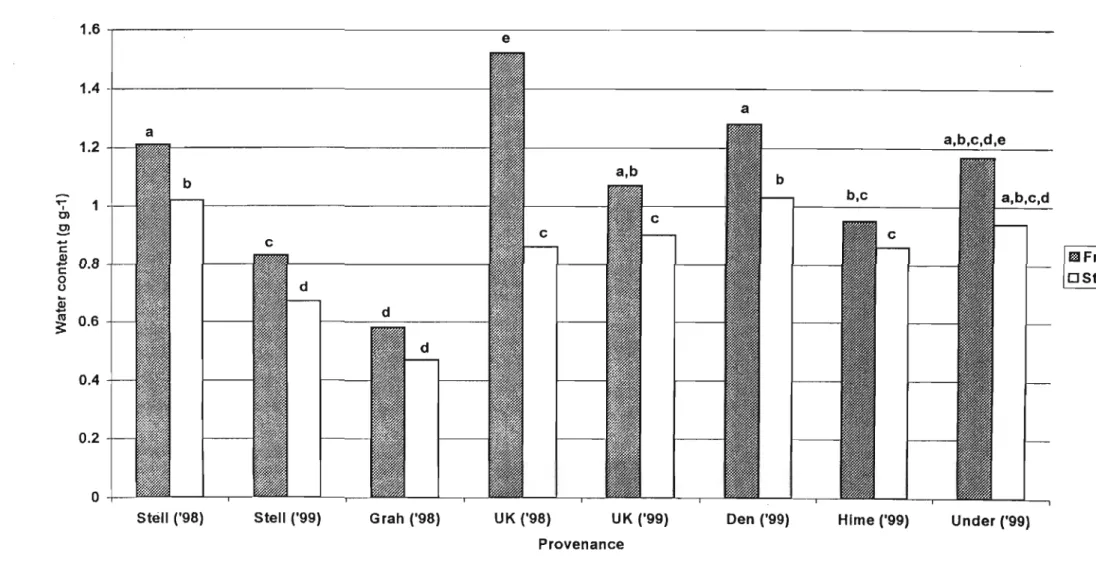
WHOLE SEED VIABILITY
It was also interesting to note in this study that even when all seeds from the same batch were known to be harvested simultaneously by hand, some seeds germinated and formed seedlings significantly faster than others, indicating variability in the developmental status of the seeds. at harvest. This variability may be correlated with the different stress tolerance among seeds for treatments such as desiccation and/or freezing, even within a single crop of apparently similarly mature seeds. For all experiments, the most visibly pristine embryonic axes of standard size and appearance were excised and divided into three batches.
The selected embryonic wasps not only appeared vibrant upon sectioning, but were shown to be 100% viable in culture, regardless of the surface sterilant or medium used. However, the best possible combination of surface sterilant and medium had to be chosen to maximize the chances of survival after the introduction of dehydration and freezing stress (see later).
E 20 -.c -EClc 15
WHOLE SEED VIABILITY
In addition, Figure 4.3b shows some of the many statoliths (gravity receptors) in the root cap columella cells that developed after 6 d in vitro in the surface-sterilized material, whose role was indicated by the pronounced geotropic curvature. Cells from both axis apices contained large spherical nuclei as seen in the control material. From the outcome of the investigations described in previous chapters, it is clear that embryonic axes of Q.
In this regard, the surface sterilization procedure of Poulsen (1992) was apparently a major factor in the lack of successful cryopreservation of Q. In the present investigation, a 50% reduction of MS salts from the original formulation (Murashige and Skoog, 1962) promoted Q. 1997) Progress in the understanding and manipulation of desiccation-sensitive (unstable) seeds in Ellis, R. Eds) Basic and applied aspects of seed biology.
1994a) Indeterminate development in desiccation-sensitive seeds of Quercus robur L. 1994) Germination water relations in intolerant seeds of Querus roburL. 1994c) Free radical activity and loss of viability during drying of desiccation-sensitive tree seeds. 1992b) Seed development in recalcitrant Quercus robur L.: Water status and endogenous abscisic acid levels. Embryo water status and loss of viability during desiccation in the recalcitrant seed species Quercus robur L. Eds) Fourth International Workshop on Seeds: Basic and Applied Aspects of Seed Biology.
Free radical processes and loss of seed viability during desiccation in the recalcitrant species Quercus roburL. 1997) Imbibitional leakage from anhydrobiots revisited. 1997) Responses of the recalcitrant seeds of Avicennia marina to hydrated storage: events occurring at the root primordia. A method for cryopreservation of embryonic axes at ultrafast cooling rates in Marzalina M.; Khoo, K. Eds) Recalcitrant seeds: IUFRO seed symposium 1998 - conference proceedings.
